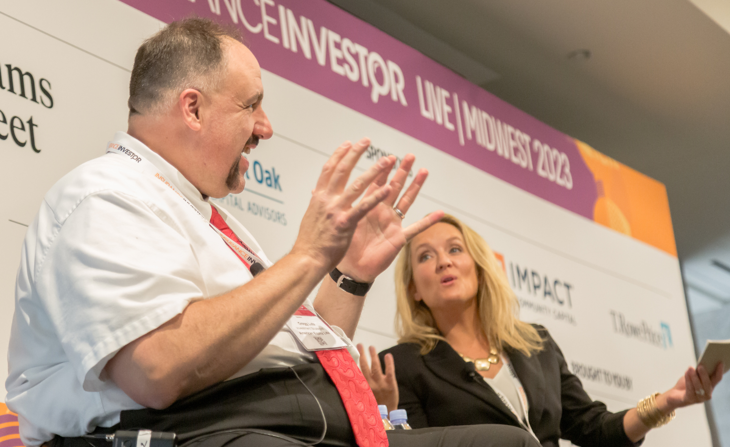
American Equity (AEL) has moved from a primarily public asset shop towards a balance between public and private credit, but how they did it and what it meant for them as an organisation involved dealing with a challenging environment and unexpected pain points.
As part of this overhaul, in the last two years, AEL has picked up 12 or 13 third-party asset managers and has launched a completely new internal data warehouse. Gregg Lutz, Investment Strategist at American Equity Life, sat down with Stephanie Thomes, Senior Investment Consultant, Insurance Practice, Mercer, at Clear Path Analysis’s inaugural Insurance Investor Midwest event earlier this year, to discuss the process and what they learned from it.
Lutz highlighted that one of his organisation's goals was to create better procedures between their investment and operations teams, which had until that point been siloed. This, he said, would significantly improve business efficiency.
"I never think of our third-party asset managers as good or bad.
It is all a relationship and maturity cycle."
You can read Thomes and Lutz’s full conversation in the Insurance Asset Management Midwest 2023 report, and we've also included an extract from that discussion below.
Gregg: I never think of our third-party asset managers as good or bad. It is all a relationship and maturity cycle. Most of the time, if it is not working, you have to communicate the right way to the person across the table to tell them what you really need. It is more about being direct and supporting issues with evidence of demonstrating what you are getting versus what you need.
The second phase of all of this is our private asset data model. If you are a partner of ours, you are going to be hearing from me real soon as to the data needs that we have.
Gregg: It has a lot to do with the relationship aspect. I have a special place in my heart for the operations team and the hard work that they do to keep the gears running. I understand the effort because I managed a team for almost two years that had to deliver on this stuff day-in and day-out. As long as they can tell me what their problems are, I can actually understand it and provide options and solutions.
Success comes from the top down. The team that [AEL’s Chief of Investment Operations Kyle Miller] has put together is fantastic. They hired well and enable people to get things done. There are not seven layers of committees that we need to get approvals from.
Gregg: If you think about the data management ecosphere, even within AEL, the liability and marketing side have gone to a cloud space and use a very specific approach to their data management and presentation inside a particular tool, which happens to be tableau. It is not a commercial. In investments, we are currently using Power BI where it is useful, and Excel. The point of us not going directly to the data cloud was to get the integration between us and our ABOR and IBOR so we were able to really move to that data cloud environment at the right time.
"The key is not to have any illusions as to what the workload is,
or level of happiness involved."
Kyle doesn’t have stars in his eyes about technology. If he just feels that we aren’t ready yet, then we will wait to implement it. It is a holistic view, as well as recognition that you have to know your environment and understand your organisation so that you can move forward correctly. The key is not to have any illusions as to what the workload is, or level of happiness involved.